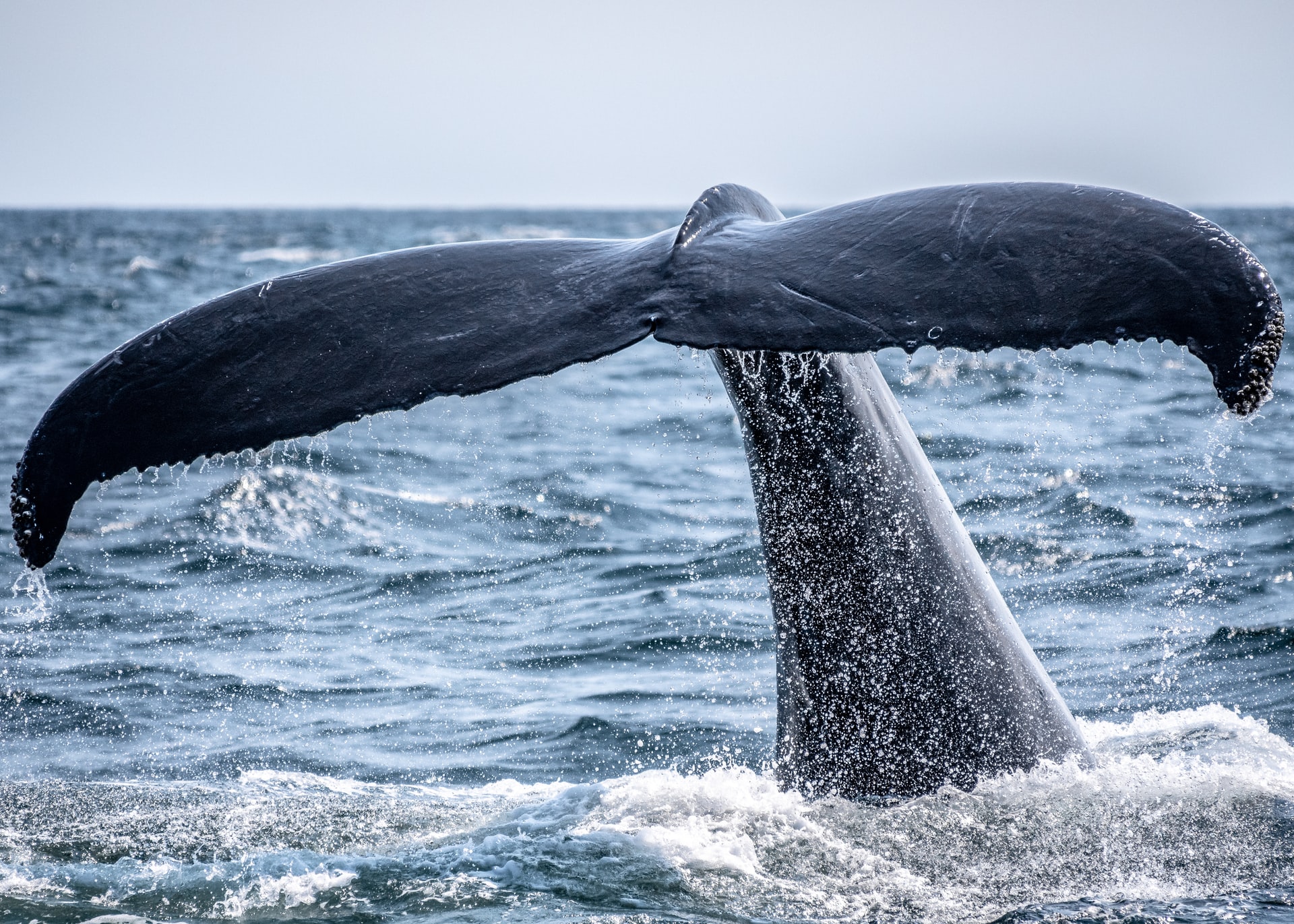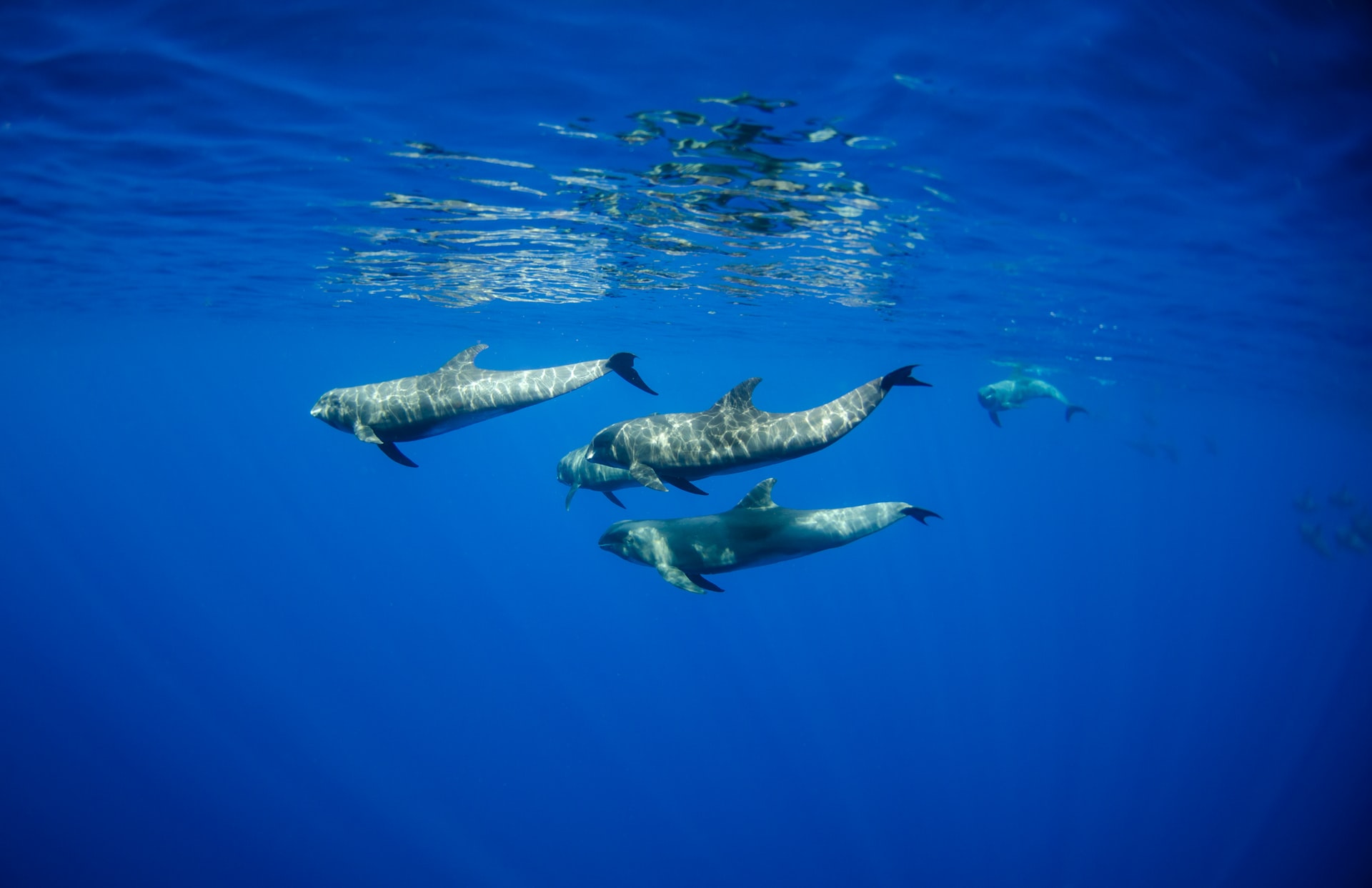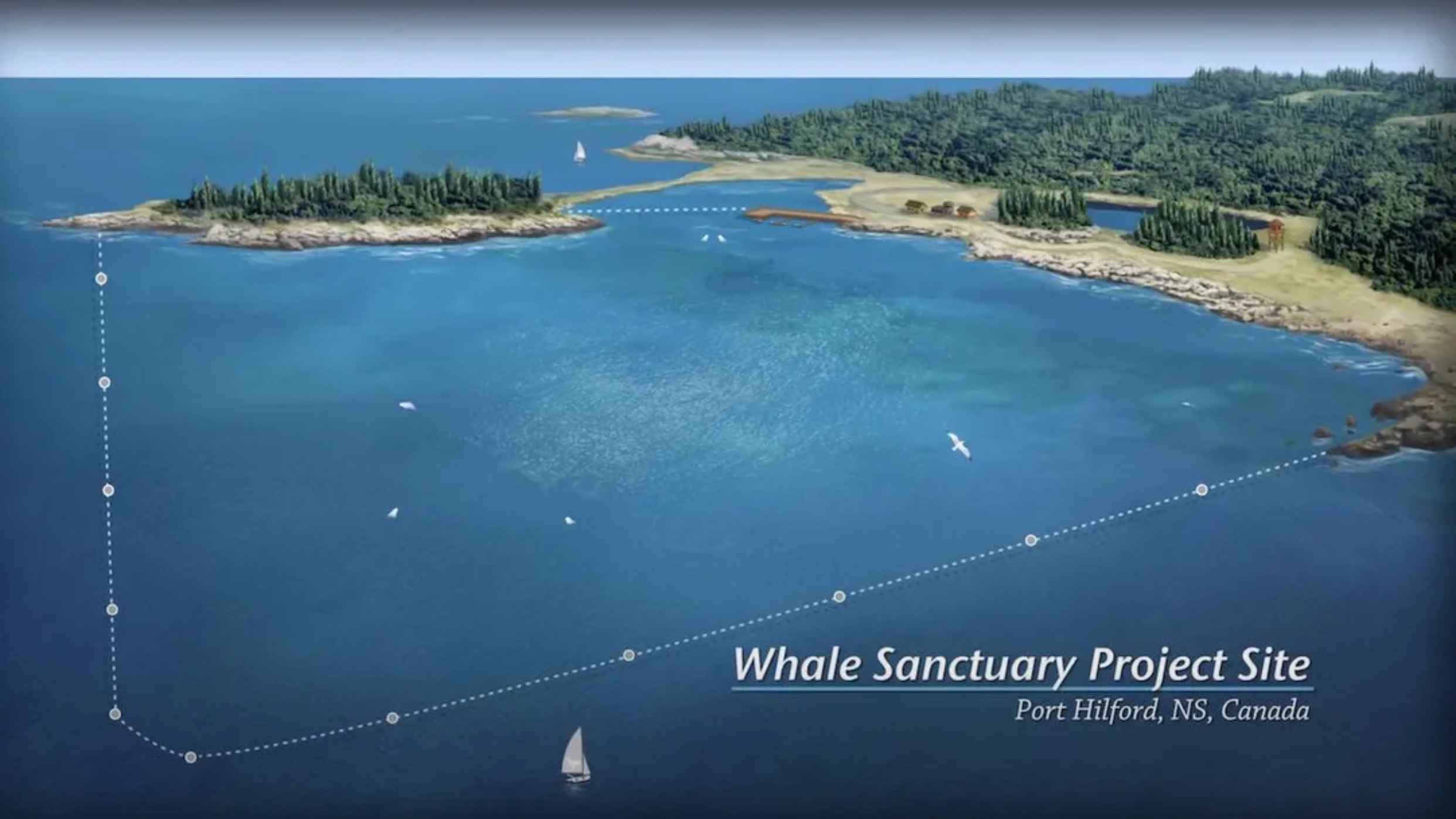
- Inspiring People -
- 6mins -
- 93 views
First whale sanctuary in North America opens in 2023
Port Hilford Bay in the maritime province of Nova Scotia, Canada, will soon become home to the first cetacean sanctuary in North America especially for whales retired from marine parks.
new sanctuary for whales is coming to North America
In Nova Scotia, The Whale Sanctuary Project recently celebrated opening day for the Operations Centre for the nonprofit’s upcoming whale sanctuary, which will be the first of its kind in North America. The sanctuary is planned for Port Hilford Bay in Nova Scotia and will include 110 acres (44.5 hectares) of habitat for the whales. This amount of space will be ideal for about eight formerly captive whales. The organisation wanted to find a spot that would offer plenty of interesting and enriching surroundings for the whales and other wildlife. — EcoWatch

The sanctuary will be near the Operations Centre, doubling as an educational hub for visitors
"The 110 acres that will be the whales’ home need to be in an environment that’s interesting, varied and enriching, safe and healthy both for them and for all the other living creatures who inhabit the bay," The Whale Sanctuary Project said in an earlier press release.
"For example, it should be deep in some places and shallow in others; with a sandy sea floor in some parts and a variable sea floor in others – rich in plant and animal life and basically a place the whales can truly call home."
The planned sanctuary will be positioned about a 20-minute drive from the newly opened Operations Centre, which also doubles as an educational visitors center.
"Visitors will be able to watch interactive video displays to learn about the sanctuary," the nonprofit said. "They can learn about whales in general, and about whales in captivity and how their lives will be changed when they are retired to the natural environment of a sanctuary."
Source: EcoWatch

The Project has been working closely with locals, including the Mi’kmaq Nation
The Whale Sanctuary Project has been working closely with locals, including the Mi’kmaq Nation, those who live in the nearby communities, local fishermen, and the government to create this conservation space for whales.
The plans for a sanctuary came after Canada passed the Ending the Captivity of Whales and Dolphins Act, which prevents whales and dolphins from being held in captivity, particularly for entertainment. Currently, there are over 220 beluga whales and 53 orca whales held in captivity worldwide.
These animals are highly intelligent, social creatures who do not do well in the small, confined spaces they are assigned to at aquariums and marine parks. Whales in captivity may become more aggressive or fall more susceptible to illness and higher risk of early death.
The sanctuary will provide a safe, spacious habitat for whales who are rescued from captivity. The organization is looking to raise $20 million for the sanctuary, which it hopes to open in 2023.
Source: EcoWatch

The Whale Sanctuary Project: how it works
The Whale Sanctuary Project has been working with the public to establish a gold-standard coastal sanctuary where cetaceans (whales and dolphins) can live in an environment that maximises well-being and autonomy and is as close as possible to their natural habitat.
Public opinion has turned against keeping whales and dolphins in captivity. The creation of this sanctuary is the first step toward the founders’ vision of a world in which all cetaceans are treated with respect and are no longer confined to concrete tanks in entertainment parks and aquariums.
There are sanctuaries for many land animals who are being retired from zoos and circuses, and now is the time to provide them for whales and dolphins. This first-of-its-kind sanctuary is being created in Port Hilford, Nova Scotia, and it is being designed to serve as a model for many more that can then be replicated all over the world in the coming years.
As part of the overall mission, a team of global experts also assists in the rescue, rehabilitation and care of cetaceans in the wild.
Source: WhaleSanctuaryProject.org

Cetaceans in stats
By the Numbers
- 1,100
Number of square yards of space in a large display tank at a typical high-end marine park.
- 484,000
Minimum number of square yards for the first seaside sanctuary.
- 3,000+
Number of captive whales and dolphins at entertainment facilities around the world.
Watch the project’s “Live Series” of webinars about whales and dolphins. More…
And see all the Project’s videos – about the sanctuary, Whale Aid programs, and other events – on their YouTube channel.
Check them out in Facebook, and of course their website.


HOW PROTECTING WHALES COULD BE OUR BEST DEFENCE AGAINST CLIMATE CHANGE
Marine biologists have recently discovered that whales—especially the great whales—play a significant role in capturing carbon from the atmosphere.
WHEN IT COMES TO SAVING THE PLANET, ONE WHALE IS WORTH THOUSANDS OF TREES
A team of economists at the International Monetary Fund (IMF) wanted to convey to the public just how important whales are, so they put it in terms we could all understand: money. New analysis puts a price tag on exactly how much whales are worth to us, and why we should care about the world’s whale population.
It was found that whales absorb large amounts of carbon in their bodies. During the lifetime of the average whale, which is 60 years, it will sequester 33 tons of CO2. In comparison, a tree absorbs up to 48 pounds of CO2 each year. Click here to learn more…
Want more whales?
Here at BrightVibes we love cetaceans and we write about them a lot. Click HERE for more BrightVibes articles about whales.

